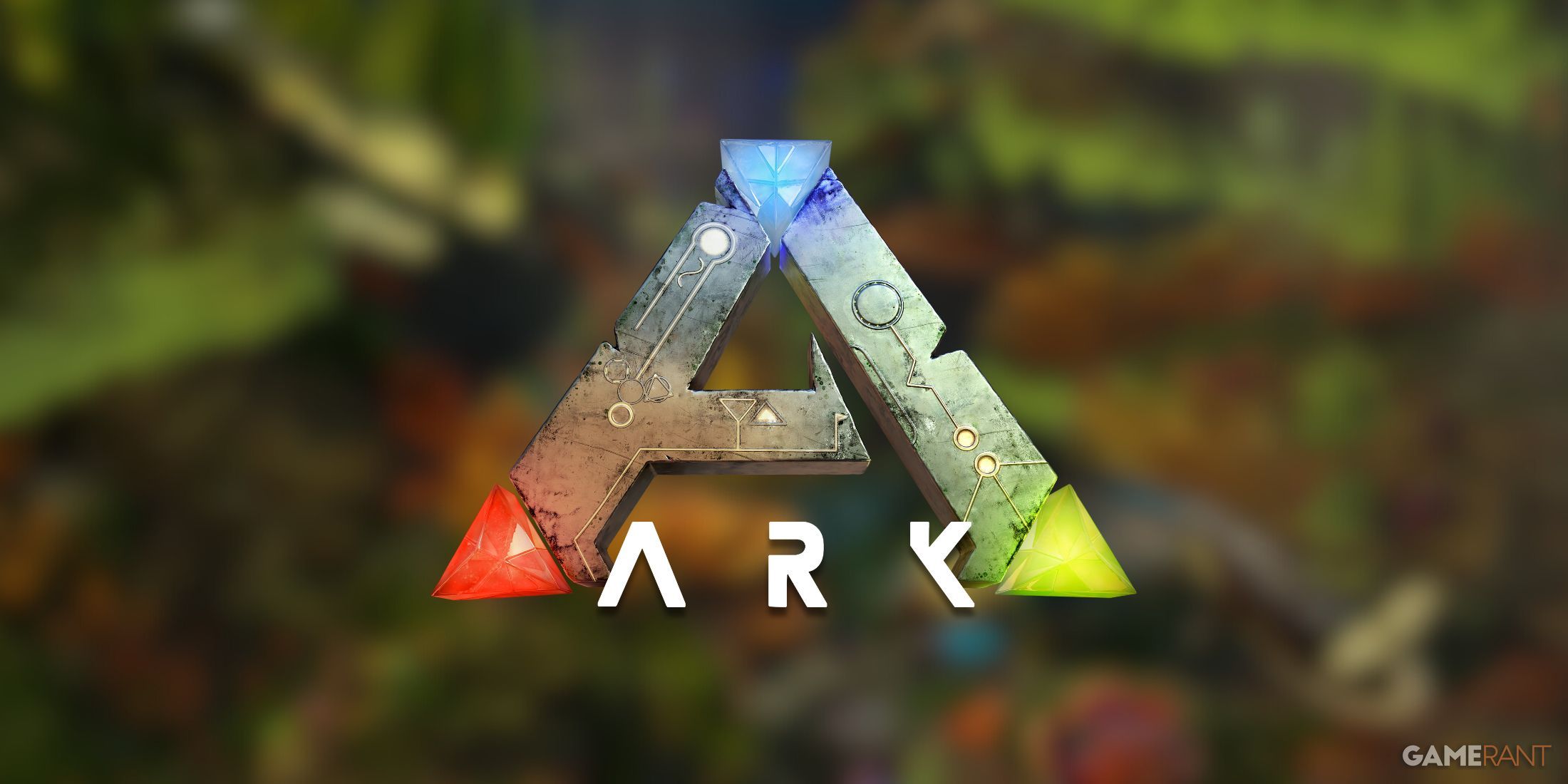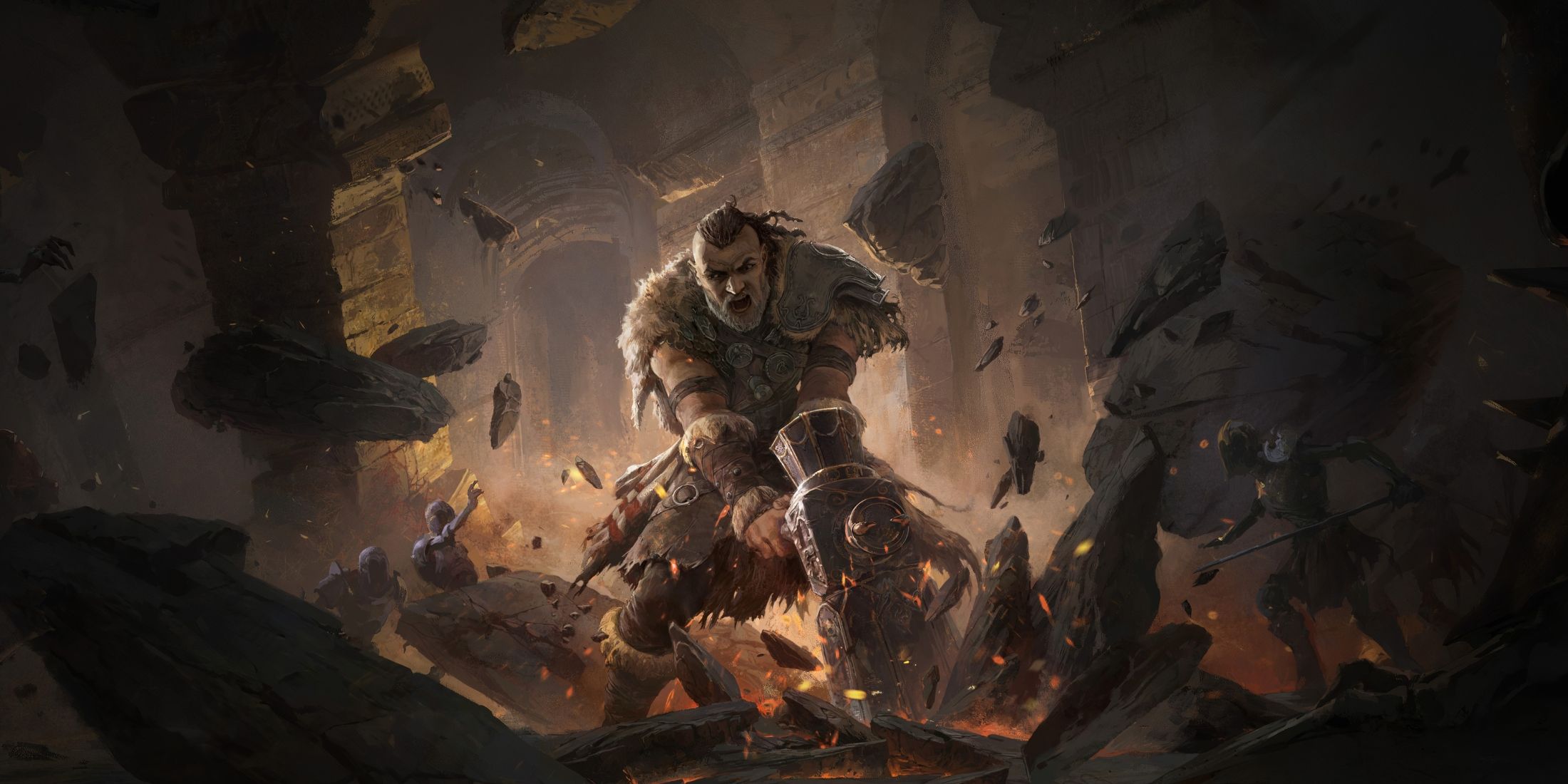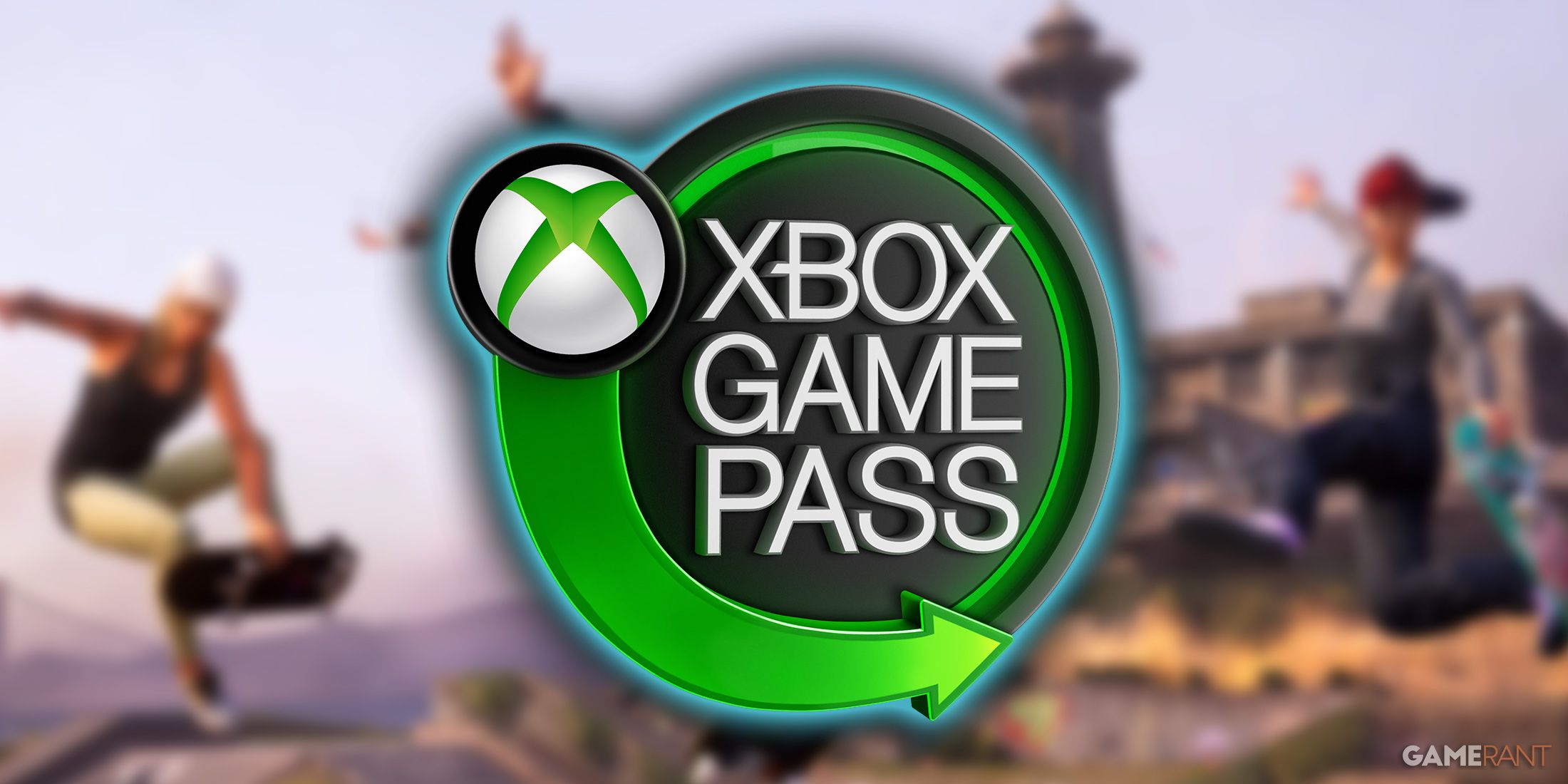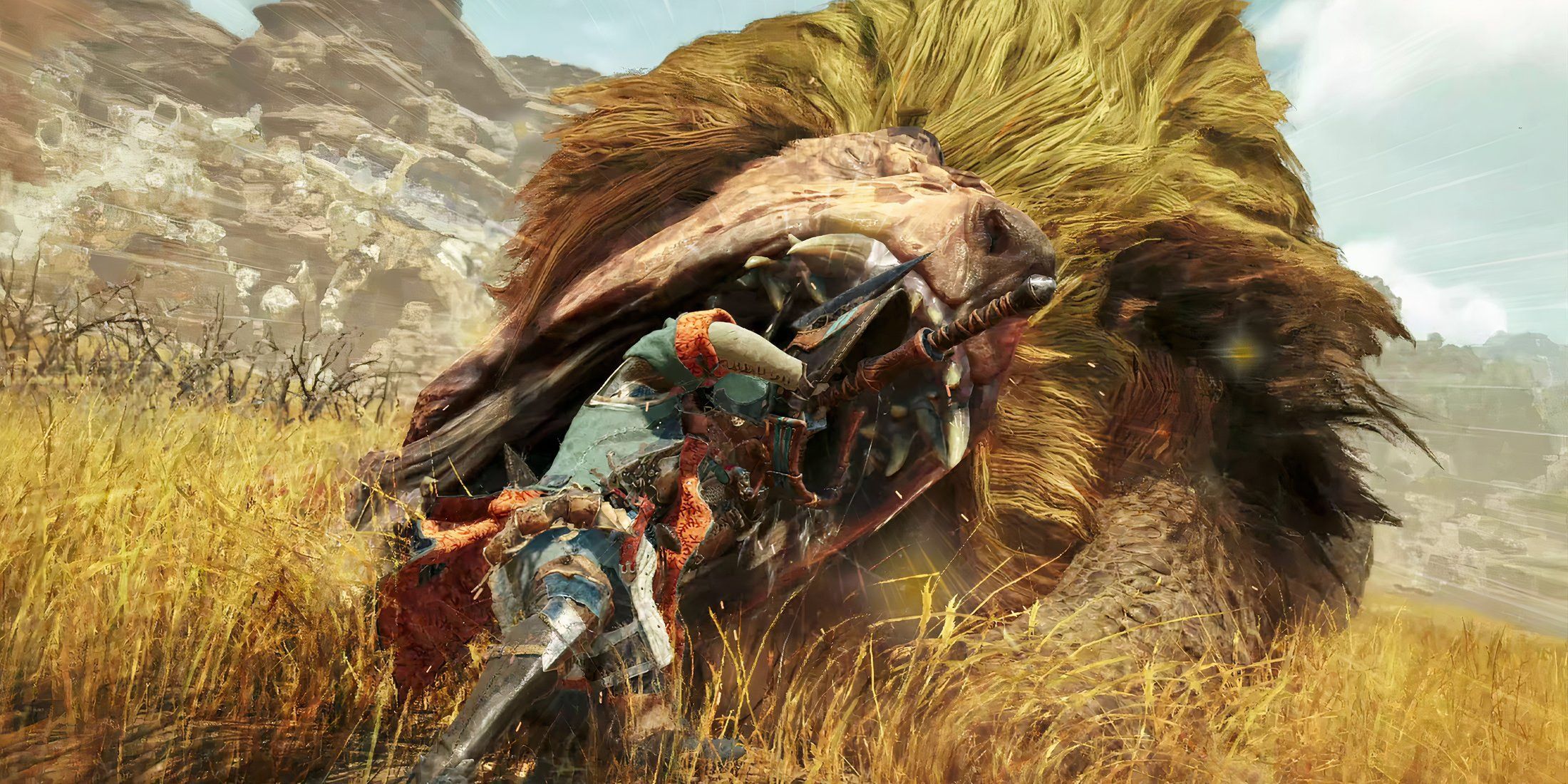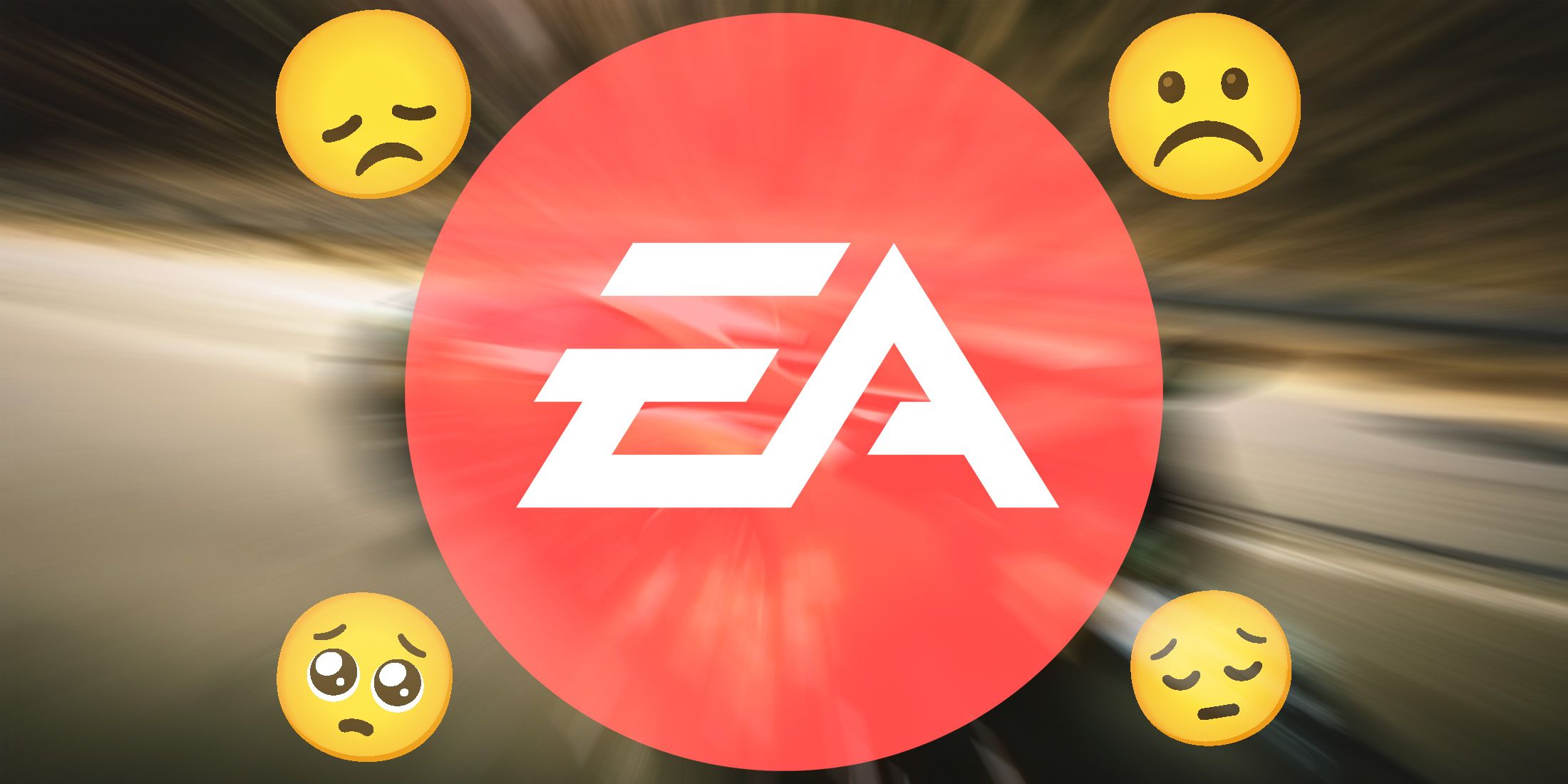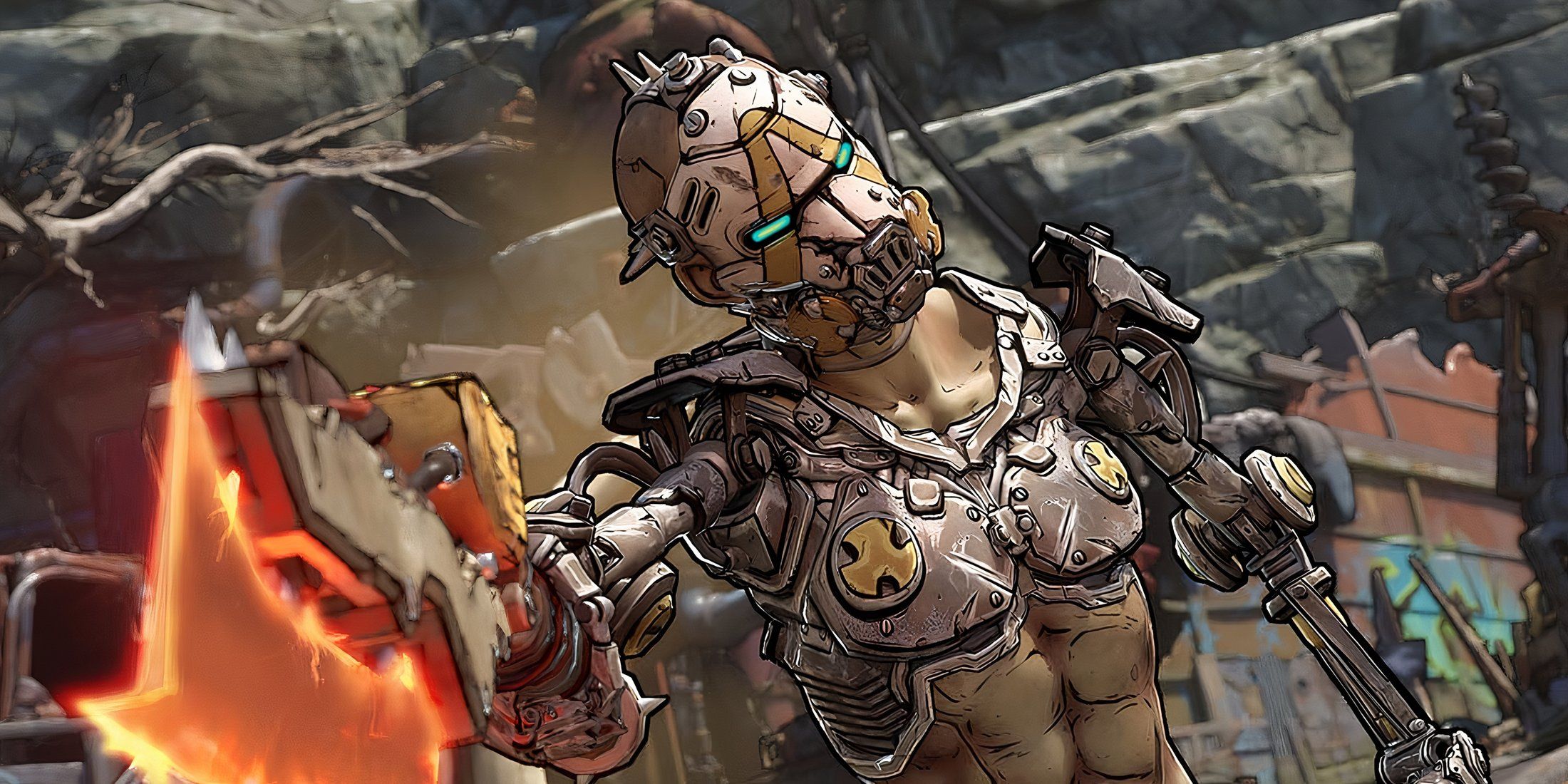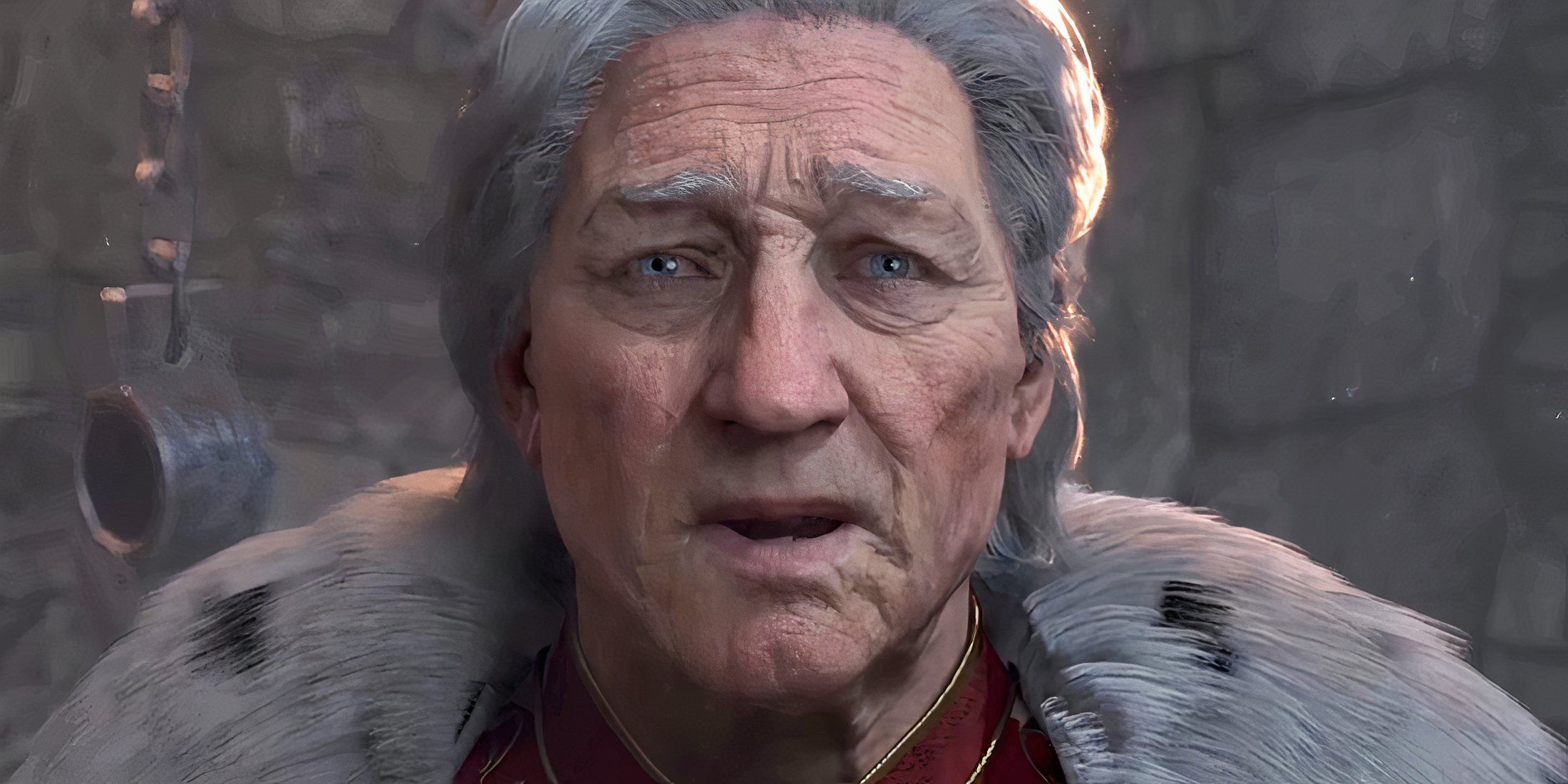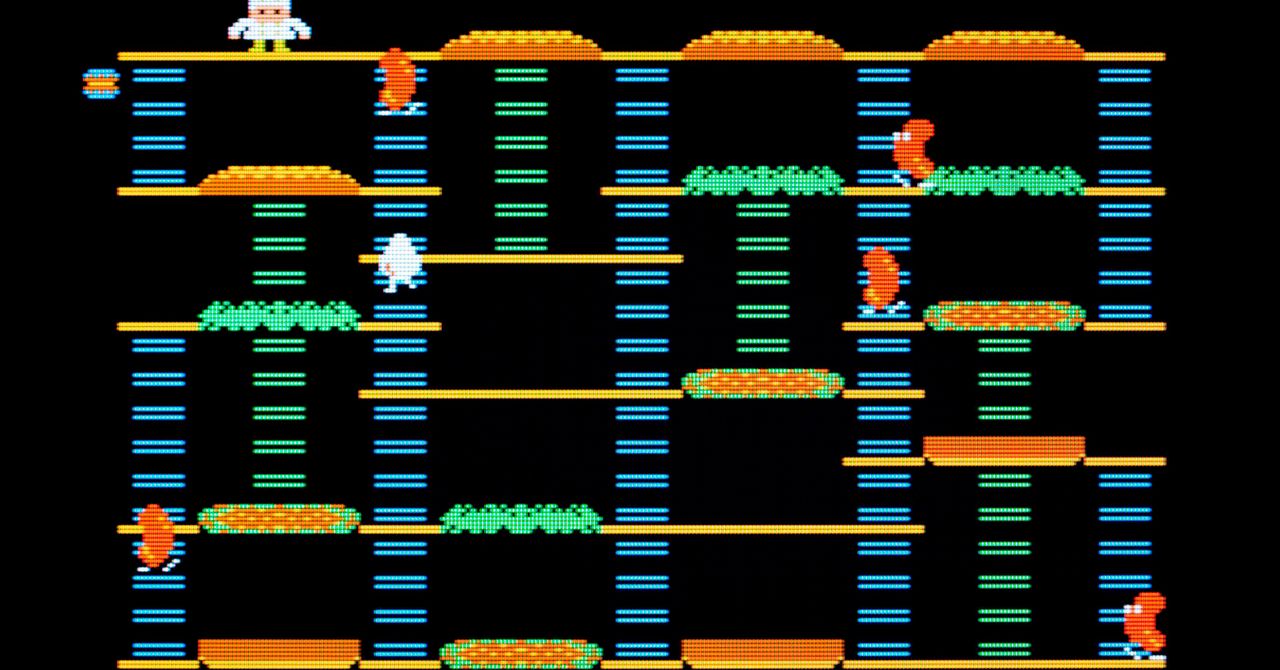
Xbox Game Pass, launched in 2017, has over 23 million subscribers, according to Windows Central editor Jez Corden. It gives players easy access to a large catalog of games, on multiple devices, for one monthly fee. Game Pass is modern in all the right ways. There’s no friction. The games are just there, waiting to be played.
But it’s not as unique as you’d think. Subscription gaming was among the first options available to players, selling alongside cartridges for Atari and Intellivision consoles. In some ways, these services outpace Game Pass: Players could download the largest games in under 30 seconds. Try doing that on your Xbox Series X.
These services, like so many early innovators in the game industry, couldn’t survive the crash of 1983, but they set in motion a craving for network entertainment that led to the world’s largest dotcom giant.
The ContendersMattel kicked off the subscription gaming boom with the 1980 release of PlayCable, a peripheral for the Intellivision home console. It connected households to a rotating roster of games for $12.95 per month. Games available on the service included popular titles like the real-time strategy game Utopia and smash-hit Burgertime.
PlayCable’s release was no small effort. It launched on 13 cable providers nationwide in 1980. Mattel paid baseball great Micky Mantle to promote it with a series of TV commercials that aired through 1982.
Gary Moskovitz, director of marketing at Mattel Electronics from 1981 to 1984, says the launch was part of a broader boom in Mattel’s electronics business. “I think between 1981 and 1982, [Mattel Electronics] went from $50 million to $550 million in sales,” Moskovitz says. “It was like drunken sailors.”

